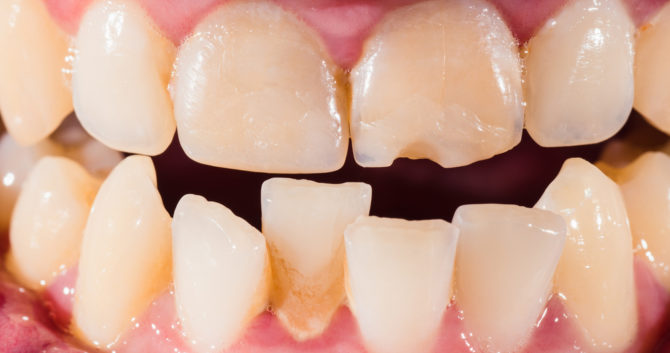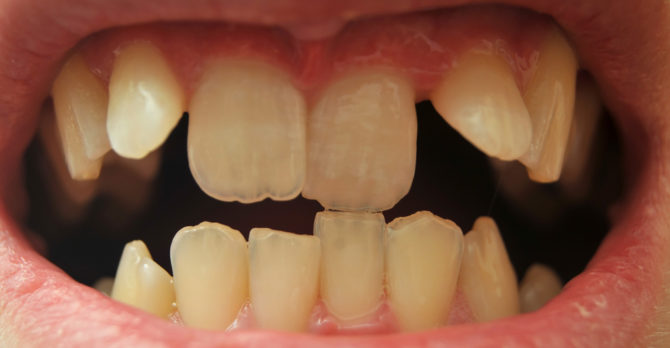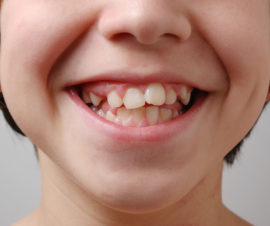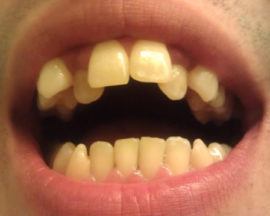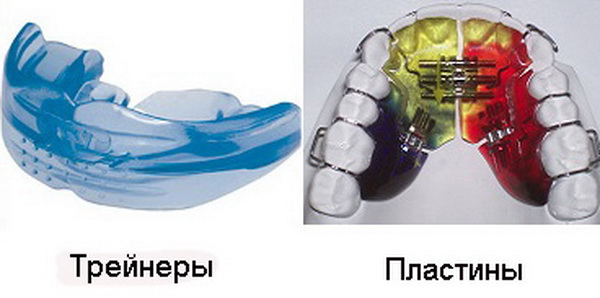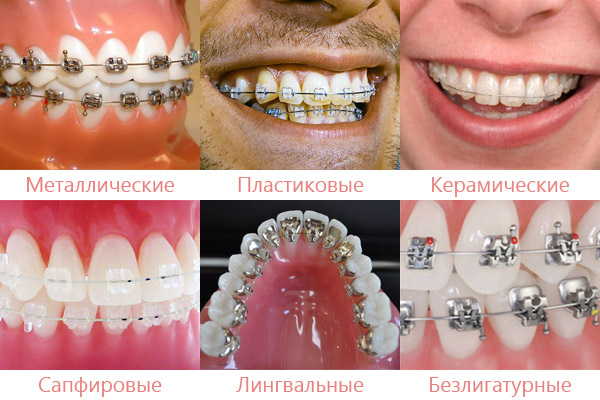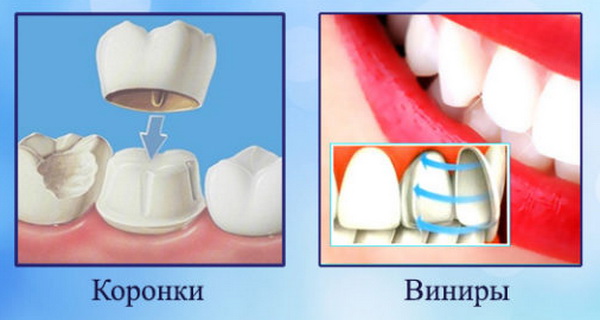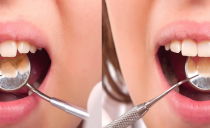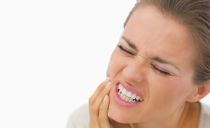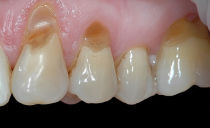Crooked teeth in children and adults: causes, correction methods
Nature did not reward everyone with a beautiful, perfect smile; many have defects in a number of milk or molars. Such a pathology causes psychological complexes, interferes with normal speech, is noticeable when communicating with a person, therefore modern dentistry has many ways to correct crooked teeth.
Content
Why do children and adults have crooked teeth
Dentists argue that, to one degree or another, tooth curvature is present in the majority of the population. In some, the defect is invisible to others and does not interfere with the person himself, in others he immediately catches the eye and complicates speech. The irregular structure of the dentition is divided into several varieties:
- There is a separate crooked tooth, which has an atypical arrangement and shape.
- The dentition is not formed correctly due to the abnormal location of several teeth.
- The jaw itself has an abnormal structure, so the teeth close incorrectly, and the bite is distorted.
Causes of curvature of deciduous teeth
It is important to understand why teeth grow crooked, because the actions of many provoking factors can be avoided if parents take proper care of their children's health. A prerequisite for the development of pathology may be:
-
Genetic predisposition inherited from close relatives.
- Diseases of the mother during pregnancy.
- Malnutrition of a woman during pregnancy and lactation.
- The uniform nutrition of the baby, the late introduction of complementary foods.
- Late addiction of the baby to solid food.
- Vitamin deficiency, which leads to rickets.
- Diseases of the nervous system.
- Use a nipple for bottles in which the hole is located in the center (and should be shifted down).
- Use of pacifiers with a thick base (the pacifiers narrowed to the base are anatomically correct).
- Long-term use of soothers - more than 1 year.
- Destruction of the milk dentition by caries.
- The transition of the child to oral breathing with frequent diseases of the ENT organs, when the nose is stuffy.
- Bad habits - biting nails, pens, pencils.
- The tendency to frequent biting of the lips or cheeks, the habit of pushing the tongue against the front incisors.
- Jaw injuries.
Causes of Adult Curvature
If the milk incisors, fangs and molars have grown even, this does not guarantee the absence of a problem in the future. Teeth may bend in an adult under the influence of the above factors and additional reasons:
-
Chronic non-compliance with oral hygiene.
- Short frenum of tongue.
- Dysplasia.
- Bruxism.
- The absence of one or more teeth in a row, to which adjacent dental units subsequently move.
- The molars grow crowded and crawl onto each other if the formation of the dentition in a teenager outstrips the growth of the jaw itself.
- Improper swallowing, in which the tongue exerts strong pressure on the front teeth.
- Thinning of the enamel of the lower teeth and their divergence under the pressure of the upper dentition.
The dentition can bend erupted wisdom teeth, especially if they themselves erupt curves, and the person’s jaw is small.
The consequences of pathology
People who have never encountered the presence of very crooked teeth, believe that this problem brings only psychological discomfort and is fraught with the development of complexes. In fact, the consequences of deformation of the dentition are more serious:
- The curves of the lower and upper teeth disrupt the functioning of the mandibular joint, due to which it experiences chronic overload.
- Muscles experience increased tension, which can lead to bruxism.
- Curvature of the dentition can affect the disproportionality of facial features.
- A distorted bite affects the processes of chewing food, breathing, which can cause diseases of the internal organs.
- Dental units that press against each other or come in very close contact with surfaces are much more prone to tooth decay and periodontal disease.
- With constant increased pressure from the opposite dentition, crooked teeth may become loose and fall out.
Very crooked teeth, strongly protruding beyond the dentition, constantly injure the cheeks, lips and tongue, which leads to frequently repeated stomatitis - inflammation of the oral mucosa.
That is why, if parents noticed a tooth curvature in the child, they should immediately consult a dentist to find a solution to the problem. Adults should not neglect professional help either.
How to fix crooked teeth in adults and children
The decision on which method to correct crooked teeth is suitable for a particular patient is made by the dentist, taking into account:
- The patient’s age - the younger the person, the easier the dentition can be corrected.
- The number of curve units.
- Degree of curvature of the teeth.
The most common methods for correcting crooked teeth are:
| Patient age | Optimal straightening techniques |
|---|---|
| Children from seven to twelve years old | Trainers, plates with adjustable arches, hardware methods for the correction of masticatory muscles. |
| Teenagers thirteen to fourteen | Bracket systems, orthodontic mouthguards. |
| Adults | Bracket systems, orthodontic mouthguards, crowns, veneers, methods of artistic restoration. |
Trainers and plates with adjustable arcs
Using these structures, it is easy to correct crooked teeth in young children, when there are still wide opportunities for corrective action on the dentition. Such devices may:
- Fix lower and upper crooked teeth.
- Eliminate defects in the shape of the jaw.
- Properly train your chewing muscles.
- Remove increased load from the dentition.
After the final formation of the bite, which occurs at about 12 years old, the possibilities of correction are reduced, therefore, other methods of straightening the dentition are used.
Trainers are metal constructions that are put on teeth with minor defects. Children should wear them at night and not for long in the afternoon. The plates are made of plastic or metal and are attached to the dentition with hooks.
Bracket systems
Braces are systems consisting of small plates connected in series by arcs. Between the plate and the tooth opposite it, a strong bond is formed by means of special glue. Braces can make from:
- Metal.
- Pottery.
- Sapphire.
Bracket systems are very effective compared to other methods to eliminate curvature. Such designs can be used to treat very crooked teeth.
Orthodontic mouthguards
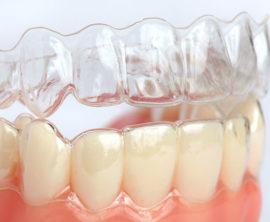 These removable constructions are made of durable plastic, which presses on crooked teeth in the right direction. Correcting the dentition with the help of drops is possible only in children, adults can use them to consolidate the result obtained during correction by other methods.
These removable constructions are made of durable plastic, which presses on crooked teeth in the right direction. Correcting the dentition with the help of drops is possible only in children, adults can use them to consolidate the result obtained during correction by other methods.
Mouthguards can be made individually based on the impression of the dentition. Patients note that they are comfortable to wear, getting used to individual designs is faster. Universal thermoplastic mouthguards can also be purchased; they are less convenient, but they are cheaper.
Prosthetics and micro prosthetics
Adults can fix crooked teeth with dentures and micro prostheses. In the first case, crowns made of cermet, ceramic or metal are placed on crooked teeth. In the second case, the tooth is covered with a cover - veneer. The use of both techniques requires partial grinding of enamel.
Unlike many other correction devices, which are removed after reaching the desired effect, veneers and crowns remain in the oral cavity forever, and when broken, they can only be replaced with other types of prostheses.
Art restoration is similar to a filling, with the help of which a defective tooth surface is corrected. This method cannot be used to correct the position of the incisor, canine or molar, and the material used for restoration can be destroyed by aggressive components of the food, change color and become noticeable.
If a child has at least one tooth bent, the parents should help him in time, because after that the neighboring teeth may begin to bend. In modern dentistry, correction of crooked teeth is carried out by different methods. If defects in the dentition are very extensive and affect many structures, the problem can be solved surgically.

